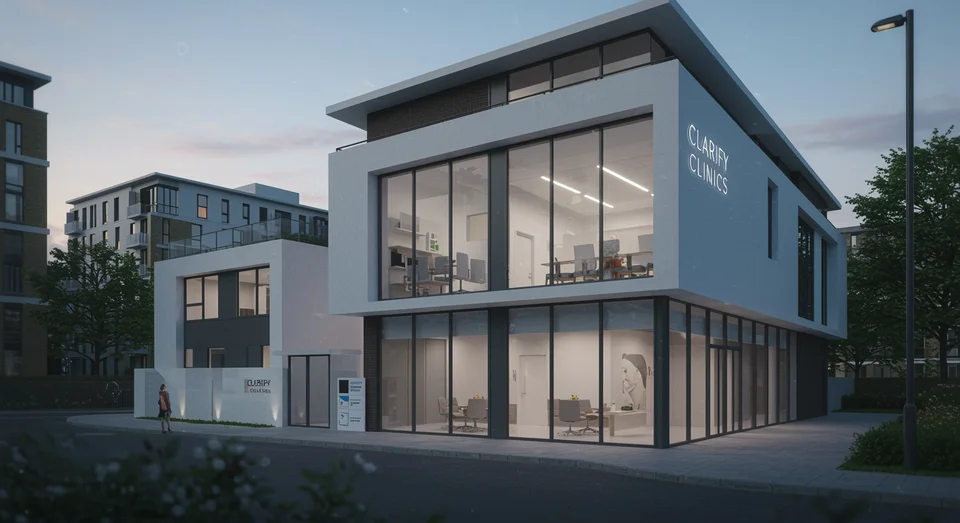Clarify Clinics Offers Controversial $12,000 Microplastic Blood-Filtering Procedure in London
207 views
In the heart of London’s bustling medical landscape, a new trend has emerged that straddles the line between innovation and controversy. Clarify Clinics, a high-end medical practice, has introduced apheresis—a blood-filtering procedure marketed under the name Clari—as a purported solution to remove microplastics from the bloodstream. With a price tag exceeding $12,000 per session, the treatment has ignited both intrigue and skepticism, particularly as questions about the health impact of microplastics remain unresolved.

The process itself, described by the clinic as comfortable and minimally intrusive, allows patients to recline while their blood is drawn, filtered, and returned to their bodies. During the procedure, individuals reportedly engage in everyday activities such as watching films, making phone calls, or even catching up on sleep. The clinic’s promotional material suggests that Clari could alleviate ailments like chronic fatigue, brain fog, and long COVID, conditions that have gained prominence in recent years as medical communities grapple with their complexities. Yet, despite the glossy marketing, the effectiveness of the procedure in addressing these conditions—or in removing microplastics from the bloodstream—lacks robust scientific validation.
Microplastics, tiny fragments of plastic less than five millimeters in size, have been detected in various parts of the human body, including blood, lungs, and even placental tissue. Their pervasive presence has sparked concern, but the exact ramifications for human health remain murky. Existing studies on microplastic damage are largely observational, leaving a gap in definitive evidence about their role in triggering disease or exacerbating existing health conditions. This uncertainty has fueled debate around treatments like Clari, which hinge on the premise that removing microplastics could yield tangible health benefits.
The clinic’s offerings have garnered attention, in part due to the involvement of Bryan Johnson, a tech entrepreneur and longevity influencer who has championed plasma exchange as a cornerstone of his biohacking regimen. Johnson’s endorsement has lent a veneer of credibility to the procedure, drawing interest from those eager to explore cutting-edge approaches to health optimization. However, critics argue that such treatments may capitalize on fears rather than deliver proven results, raising ethical concerns about the commodification of unverified medical practices.
Therapeutic plasma exchange, the broader category under which apheresis falls, has demonstrated efficacy in treating certain autoimmune and neurological disorders, including Guillain-Barré syndrome and myasthenia gravis. These applications are backed by decades of research and clinical use. Yet, the leap from established medical indications to speculative claims about microplastics and fatigue is a significant one, and many experts caution against conflating the two. Without rigorous studies to substantiate the clinic’s claims, the procedure risks being perceived as a luxury service rather than a legitimate medical intervention.
The broader context of this story touches on society’s growing anxiety about environmental contaminants and their impact on human health. Microplastics, once dismissed as a negligible concern, have become emblematic of the unintended consequences of industrialization and consumerism. Their discovery in human tissues has amplified calls for action, from reducing plastic production to improving waste management systems. At the same time, it has opened the door for commercial enterprises to offer solutions, some of which tread a fine line between innovation and opportunism.
As the debate around Clari unfolds, it underscores a larger tension within modern medicine: the interplay between evidence-based practice and the allure of cutting-edge treatments. While the quest for longevity and optimal health is a universal one, the path forward demands careful scrutiny of claims that promise much but deliver little. For now, the procedure offered by Clarify Clinics serves as a reminder that the intersection of science, commerce, and human aspiration is as complex as the microplastics it seeks to eliminate.
